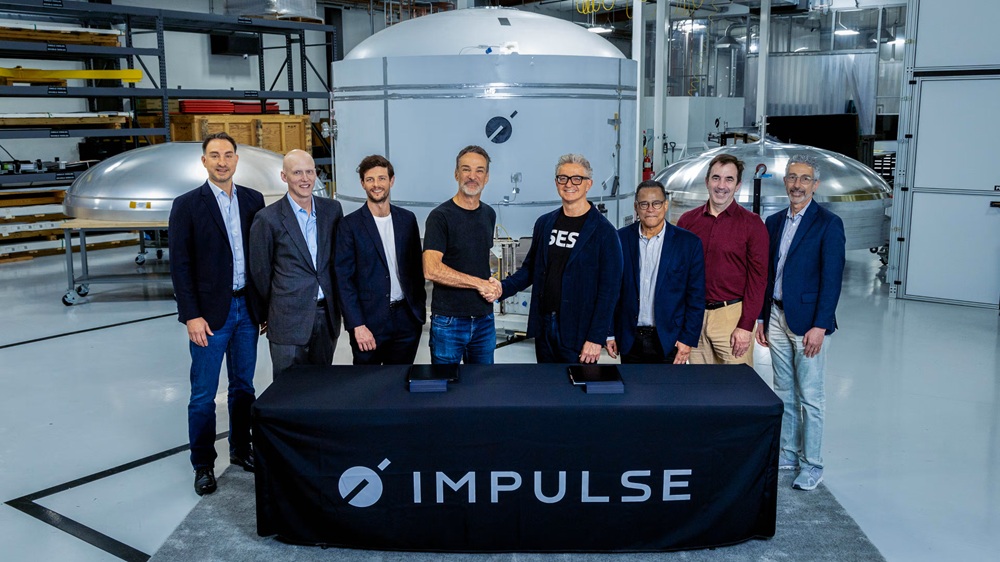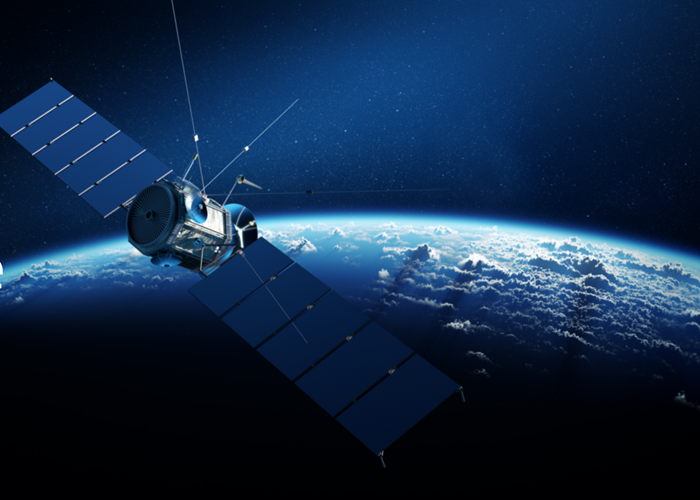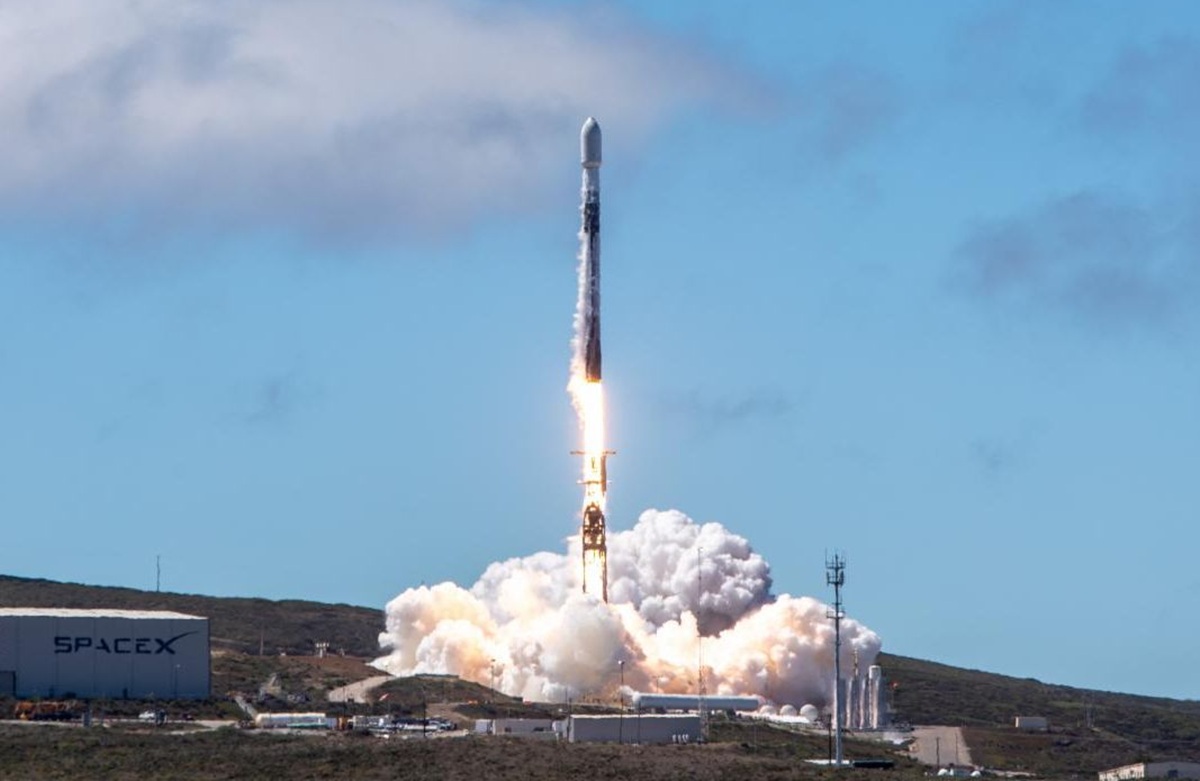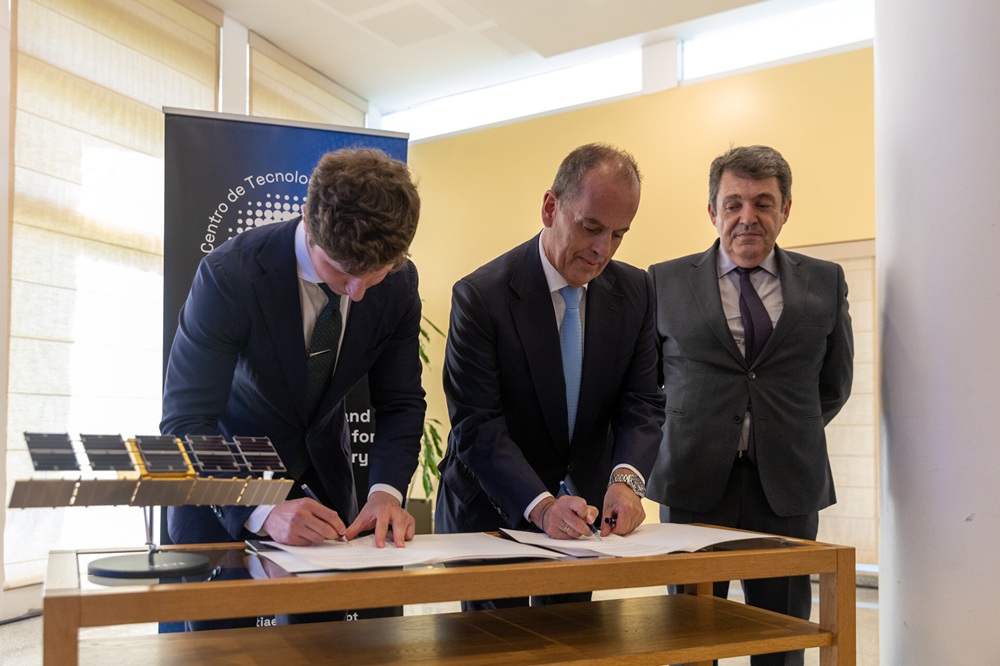REDONDO BEACH, California; LUXEMBOURG: In a significant development for the satellite and space mobility sectors, Impulse Space, a pioneering in-space mobility company based in California, has signed a multi-launch agreement with SES, a global leader in content and connectivity services headquartered in Luxembourg. This collaboration aims to revolutionize how SES’s satellites reach their operational orbits by employing Impulse Space’s advanced Helios kick stage, dramatically reducing transit times from Low Earth Orbit (LEO) to Medium Earth Orbit (MEO) and Geostationary Earth Orbit (GEO).
Traditionally, satellite operators face a challenging choice when deploying satellites to MEO or GEO: either rely on expensive, limited heavy-lift rocket launches capable of direct insertion or endure slow, multi-month orbital transfers using electric propulsion systems. Impulse Space’s Helios kick stage disrupts this paradigm by enabling rapid, reliable transport of payloads from LEO directly to high-energy orbits within hours rather than months.
The Helios vehicle is equipped with a powerful Deneb engine, designed specifically to provide the high thrust and responsiveness needed for swift orbital transfers. This capability not only shortens the time satellites spend reaching their final orbits but also allows operators to optimize satellite design and mission planning, potentially reducing satellite mass and overall mission costs.
The First Mission: A 2027 Milestone
The inaugural mission under this agreement is slated for 2027. It will involve launching a 4-ton-class SES satellite aboard a medium-lift rocket into LEO. From there, Helios will take over, transferring the payload directly to GEO within eight hours of launch — a feat that marks a significant acceleration compared to conventional transfer methods.
This mission will be the first dedicated commercial use of Helios, fully leveraging its performance to transport a single large payload directly to GEO. The agreement also opens the door for multiple additional missions, giving SES the flexibility to launch satellites responsively and on demand to their designated orbits.

Adel Al-Saleh, CEO of SES, emphasized the strategic importance of the partnership: “At SES, we are firm believers that co-development and collaboration with our partners will help the space industry to evolve and quicken the pace of innovation. Today, we’re not only partnering with Impulse to bring our satellites faster to orbit, but this will also allow us to extend their lifetime and accelerate service delivery to our customers. We’re proud to become Helios’ first dedicated commercial mission.”
By reducing the time satellites spend in transfer orbits, SES expects to enhance operational lifespans and expedite the delivery of connectivity and content services globally. This is particularly critical as SES operates a combined GEO-MEO constellation providing vital telecommunications, broadcasting, and data services worldwide.
Tom Mueller, founder and CEO of Impulse Space and a notable figure in aerospace engineering (having been the first employee at SpaceX and a key contributor to the Merlin rocket engine), highlighted the broader industry impact: “We believe MEO and GEO play a critical role in the space economy, but operators today face the challenges of slow, expensive, and inflexible access to these essential orbits. Helios changes that—it’s built to move large payloads to high-energy orbits quickly and reliably. SES has a long history of embracing innovation and pushing our industry forward, and we’re proud they’ve chosen Helios to support the next phase of their deployment strategy.”
Impulse Space is rapidly emerging as a leader in in-space mobility solutions, with a fleet that includes the Helios kick stage and the Mira vehicle, which is designed for precise maneuvering, hosting, deployment, and rendezvous operations across various orbits. The company’s focus is on enabling cost-effective, high-performance transport beyond Earth’s immediate vicinity, including lunar and heliocentric orbits.
Helios’ design enables mission operators to tailor satellite deployment strategies based on specific orbital requirements, simplifying mission planning and enabling pricing models that reflect operational orbit rather than launch vehicle constraints. This flexibility can drive down costs and improve responsiveness for satellite operators.
SES operates one of the world’s most extensive satellite fleets, combining geosynchronous and medium earth orbit satellites to provide high-quality video distribution and data connectivity services globally. Their network supports telecommunications companies, mobile network operators, governments, broadcasters, and cloud service providers, delivering seamless connectivity on land, at sea, and in the air.
The partnership with Impulse Space aligns with SES’s commitment to innovation and operational excellence, aiming to maintain its leadership in the evolving space economy by leveraging cutting-edge technologies that enhance satellite deployment efficiency and service delivery speed.
This multi-launch agreement marks a significant milestone for both companies and the broader satellite industry. By enabling rapid, on-demand deployment of satellites to critical orbits, the collaboration promises to accelerate the pace of satellite constellation deployments, reduce costs, and enhance the agility of space-based services.
With the space economy continuing to expand, driven by growing demand for broadband connectivity, Earth observation, and space-based infrastructure, innovations like Impulse Space’s Helios kick stage will be instrumental in shaping the future of satellite operations.
The first mission’s success in 2027 will be closely watched as a bellwether for the viability and impact of in-space mobility services that can transform how satellites reach their operational orbits, potentially setting new industry standards for speed, cost-efficiency, and flexibility.





